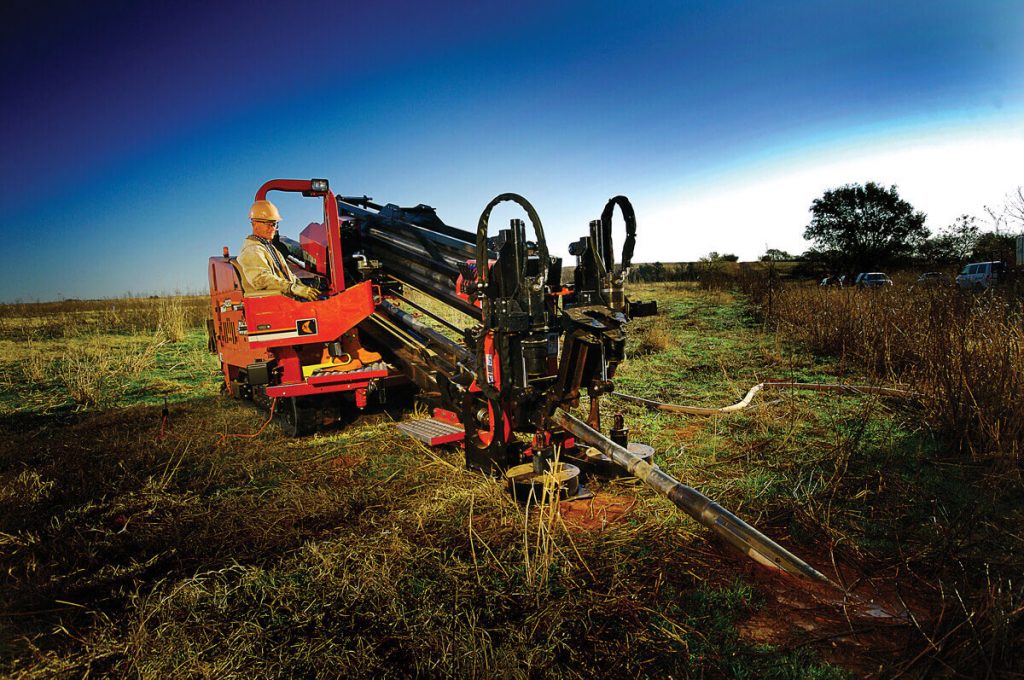Table of Contents
Traditionally pipe and utility installation required digging the surface. Popularly called “open cut”, this method is highly disruptive and has many shortcomings. The open-cut method clears surface vegetation, damaging existing structures like roads and streets, causing traffic jams and high infrastructural restoration costs.
However, there are modern trench less technologies that are way better compared to the open-cut method. These include slip lining, pipe bursting, and horizontal directional drilling (HDD). HDD is the best option for pipe installation, repair, maintenance, or replacement. This article focuses on the application of HDD technology and pipe selection.
What is Horizontal Directional Drilling?
Horizontal Directional Drilling (HDD), also called directional boring, is a trenchless technology for installing new or replacing sewer lines, water lines, gas.
Advantages of HDD technology
- Horizontal directional drilling provides higher flexibility and accuracy for pipe installation, repairs, and maintenance.
- HDD eliminates the inconveniences like road closures present in the open-cut pipe installation method.
- Horizontal Directional drilling is environmentally friendly. It doesn’t involve digging out and cutting vegetation along the pipeline.
- This technology is cheaper than trench-based installation methods as it doesn’t require large digging crews or costly repairs to the roads and other structures damaged during a repair, installation, or maintenance of the pipes.
Pipe Selection
Depending on your preference and material from PE, HDPE, and MPP pipes, there are various trench less pipes to choose from. Although all these pipes are plastic-made, they have varying properties and industrial applications. LESSO is a leading manufacturer of the above three types of pipes, and below are the advantages of each.
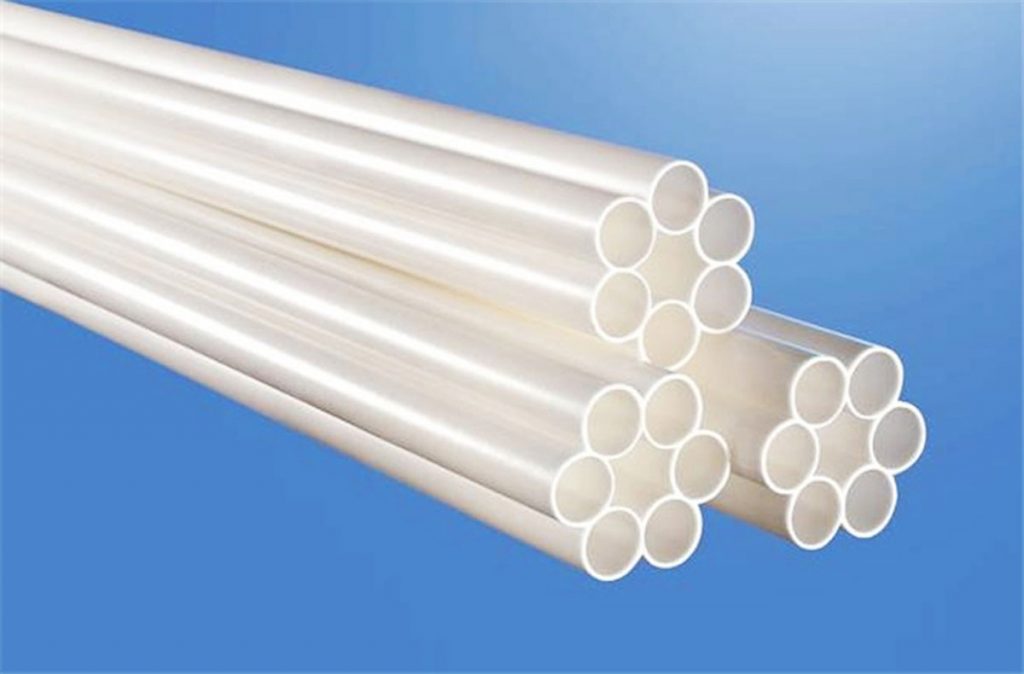

PE Pipes
These pipes are made from polyethylene materials of different densities; PE 80 and PE 100. Pipes rated PE 100 have a higher density than those rated PE 80. and they have a pressure rating between 0.4Mpa and 1.6MPa.
PE Pipes Advantages
- PE pipes have a high UV. breakage, and impact resistance.
- They are lightweight handle-friendly, and easy to transport, making them easy to install.
- They have a high service life.
- Low abrasion resistance and smooth interior walls result in high flow capacity.
- PE pipes are also highly flexible and may be supplied in coil form.
- They do not have any heavy metal additives, making them non-toxic. They cannot be contaminated by bacteria, meaning they don’t have any secondary pollution.
- The pipes remain unaffected by the chemical can electro-chemical elements that cause corrosion.


HDPE (High-Density Polyethylene) Pipes
These pipe fittings are used for industrial and municipal water applications. They are available in different pressure specifications and delivered in various lengths. HDPE pipes are durable, high tensile strength, lightweight flexible, and durable. HDPE pipes provide zero leak rates when fused due to their seamless nature. They are also eco-friendly, corrosion-resistant, and non-toxic.
HDPE Pipes Advantages
- HDPE pipes are usually co-joined by heat fusion. Socket, butt electrofusion, and sidewall fusion create a joint with the same strength as the pipe. This means they are virtually leak-free.
- The pipes have excellent flow characteristics since Polyethylene has less turbulence and drag during high flow.
- Maintains optimal flow rates. HDPE pipes do not tubercular. They have a high resistance to biological or scale build-up.
- They are chemical, abrasion, and corrosion resistant, meaning they have a high lifespan once installed underneath.
- High strain allowance. It Virtually eliminates any breakage caused by freezing pipes.
In part. HDPE pipes have similar advantages to those of PE pipes because both are made from Polyethylene, only that a denser material is used in HDPE pipes.
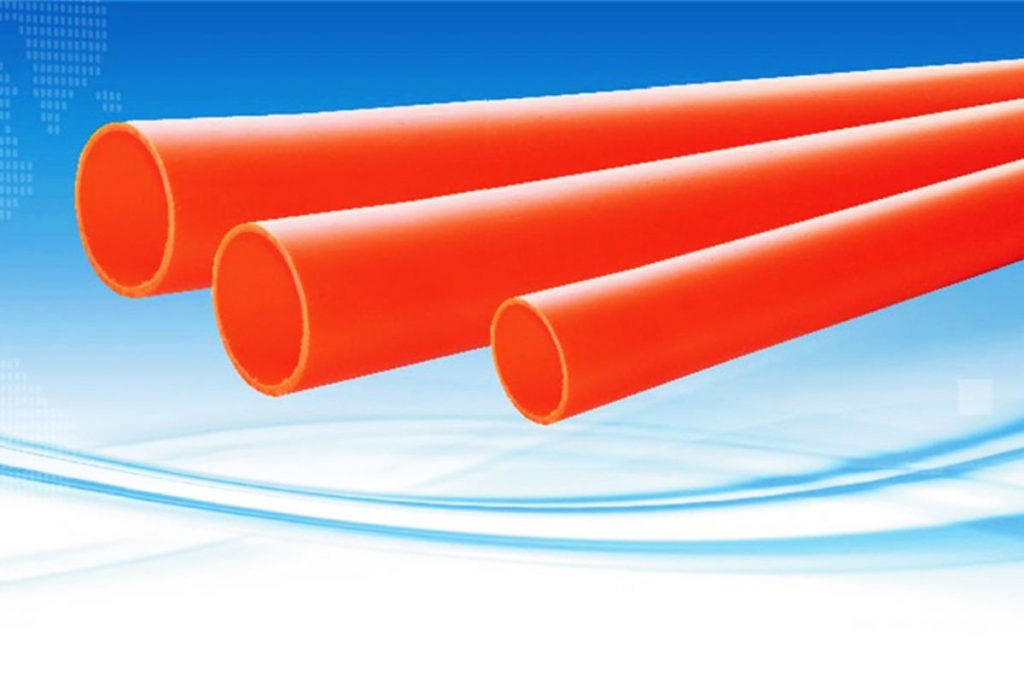

MPP Pipes
The other class of pipes used in trench less operations is MPP pipes. They are manufactured from modified polypropylene. Although MPP pipes are primarily for trench less municipal, telecom, power, and gas engineering, they are also used for drainage works. They are also called power cable protection pipes. The following advantages make the pipes suitable for the above uses:
MPP Pipes Advantages
- MPP pipes are highly bendable and flexible on their axis
- They have a substantial impact resistance at both temperature extremes
- MPP pipes provide enough ring stiffness even at high temperatures. This helps protect the high voltage cables.
- MPP pipes have high stiffness, meaning they can withstand heavy loads of soil without deformation.
- The pipes have great bending, compressive, and tensile performance, perfect for trench less projects like HDD.
Where Can You Get HDPE, MPP, And PE Pipes?
The PE, HDPE, and MPP pipes provide the best results for any trench less application. The pipes are used for various applications, as we have seen above. Whether for drainage, power transmission, or any other form of trench less application, you need quality pipes.
Lesso is the leading manufacturer of MDPE, MPP, and PE pipes. The pipes are available in various colors and specifications. Better yet, Lesso can customize the pipes according to your specifications.
Summary
Trench less technologies like HDD have many advantages over open cut method of pipe installation. However, the most significant advantage is that they are environmentally friendly. However, you still need quality pipes to complete the operation. Lesso’s HDPE. PE. and MPP pipes are the highest quality. The good thing is Lesso can customize the pipes to your requiem.
Recommend Reading
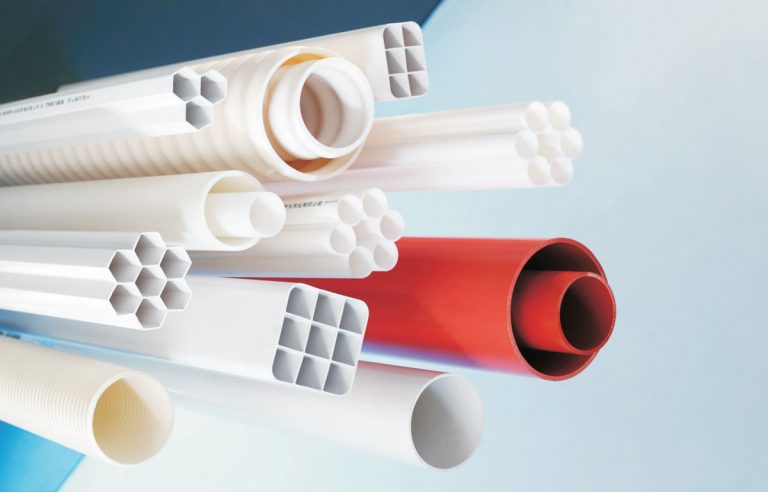

What’s the Difference Between PVC Pipe and PVC Conduit
Table of Contents PVC or Polyvinyl Chloride pipes use vinyl and plastic materials. We use these pipes in plumbing systems. If you do not want
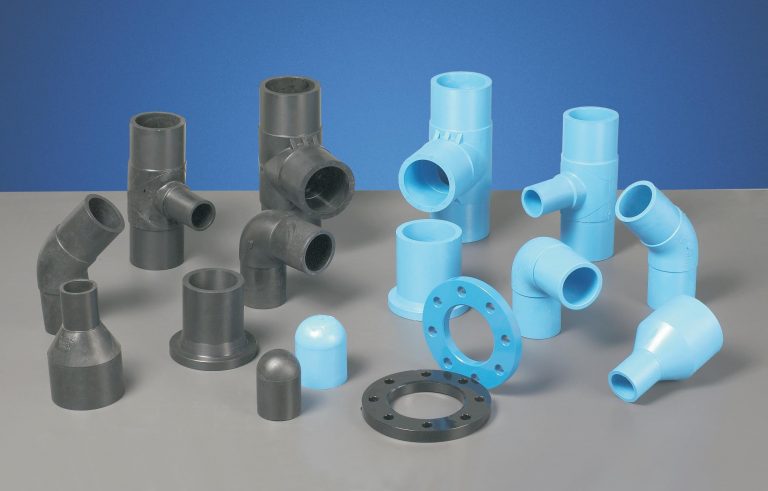

Applications of PE Pipe
Table of Contents The requirement for high-quality pipes in water and gas distribution, submerged marines, and other systems means that PE piping’s use will only


